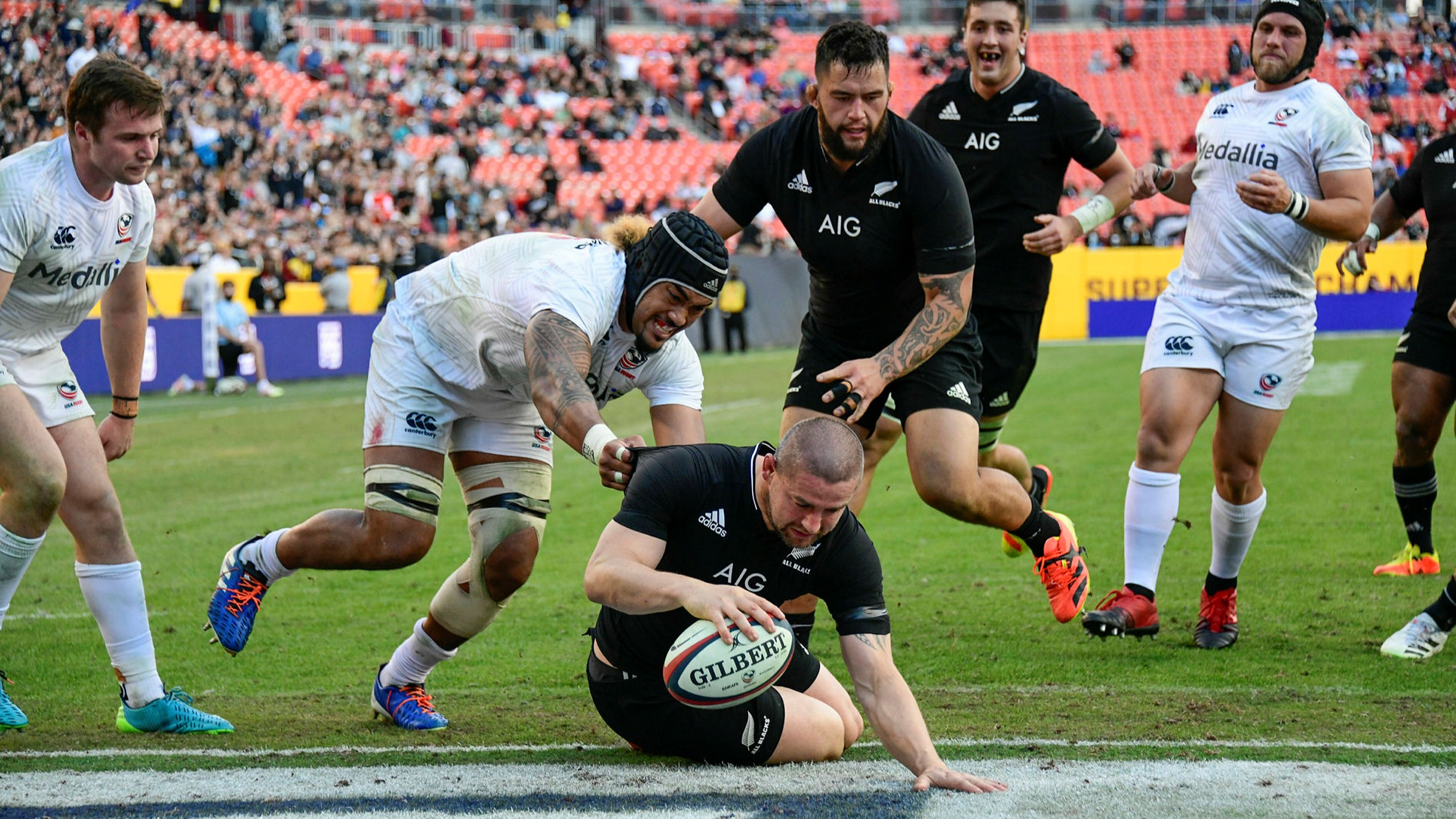Statistics are an important tool for broadcasters to use in order to create a unique and engaging experience for their viewers. Sports broadcasters have been using statistics since the early days of broadcasting, when they were used to track player performance. Today, statistics are used to provide context and insight into game situations, player performance, team play, and more. Broadcasting trends over time have shown that statisticians continue to be a valuable part of sports broadcasting. In particular, statisticians are increasingly being used to help broadcasters create narratives around games and players. Additionally, statisticians are helping broadcasters better understand fan reaction and behaviour through data analysis. As a result of these advances, viewers can expect even more interesting and informative broadcasts from sports broadcasters in the future.
Sports broadcasters use statistics to promote the experience for their viewers. This is done by providing information that helps viewers understand the game and make better decisions. Statistics can also be used to provide context for events that are happening on-screen. For example, if a player is making an amazing play, the 스포츠중계 might give credit to their team’s statistic for producing a high number of points in that particular game.
How broadcasters use graphics and data to inform viewers
Statistics are a huge part of sports broadcasting, and broadcasters use them to inform viewers about the game on-screen. Broadcasters use statistics to help viewers understand how teams are performing, decide who to root for in the game, and more. One common statistic used by broadcasters is player efficiency rating (PER). PER is calculated by dividing a player’s points per game (PPG) by his minutes played. The higher the number, the better the player’s contribution to his team’s winning performance. Broadcasters also use other stats to inform viewers about a particular game or player. For example, they might report how many field goals a player has made or how many free throws a player has attempted. These stats can help viewers understand which players are most important to watch during a particular game. Broadcasters also use graphics and data to help viewers understand what is happening on-screen. For example, they might display box scores or heat maps that show where players are located on the court at any given time. These graphics can help viewers see where the action is taking place and which players are most active during a particular period of play.
Sports broadcasters use statistics to provide a more in-depth experience for viewers. This allows them to provide context and understanding when discussing games, teams, players, and other aspects of sports. Knowing the basic principles behind statistics can help you understand how they are used by broadcasters and improve your understanding of sports.









